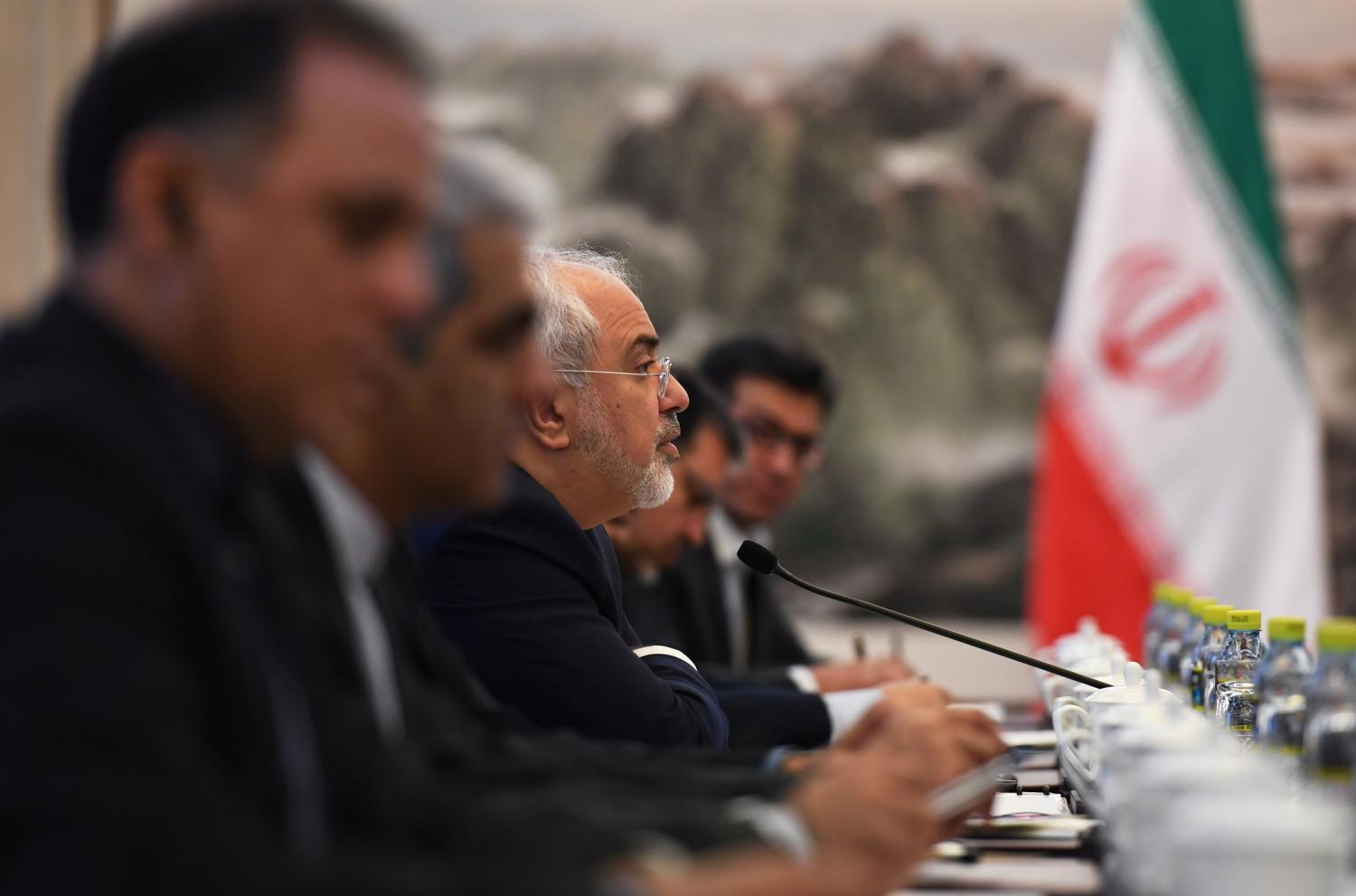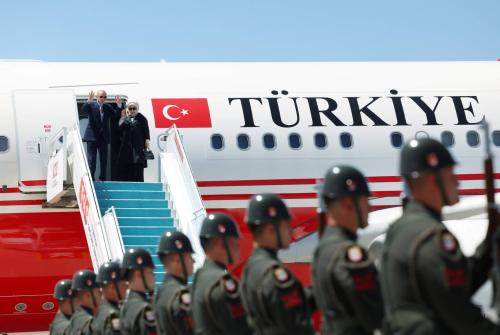Of the many myths constructed in the waning days of the negotiations on the Iran nuclear agreement, one of the most beguiling was the notion that the United States was granting last minute concessions to secure a deal. On sanctions relief, there was speculation that the United States would cave to Iran and grant early relief, given Supreme Leader Ayatollah Ali Khamenei’s statement that all relief must be granted immediately and a June 2015 Majlis bill, which stated that “…The complete cancellation of sanctions in one go must be included in the agreement’s text and must take place on the day Iran’s commitments start to be implemented.”
Instead, the resulting agreement is precisely in accordance with U.S. intentions: no relief will be granted to Iran until after it has undertaken — and the International Atomic Energy Agency (IAEA) has verified — its various nuclear commitments that will, in aggregate, create the breakout timeline and verification requirements to detect cheating. This is both a tremendous accomplishment and testament to the seriousness with which the United States approached sanctions relief.
Moreover, the Obama administration also stuck to its guns with respect to readiness to utilize sanctions as a tool to address terrorism, human rights, ballistic missiles, and other weapons of mass destruction concerns. Ironically, this is most demonstrated in the absence of language in the text. First, there are notable omissions with respect to the U.S. sanctions de-listing description, including entities like the IRGC, Qods Force, Khatam al-Anbia, and Iran’s military and missile organizations. Sanctions on these organizations will remain in place.
Second, the U.S. tool of secondary sanctions also remains in place, meaning that U.S. sanctions against such entities and individuals will continue to have outsized impact on their ability to engage in international transactions. This authority must be used judiciously to avoid giving Iran a pretext to withdraw from the deal; still, powerful tools remain.
Instead of looking to successes, much attention has been paid to alleged concessions, such as the decision to remove United Nations sanctions on Iran’s arms and ballistic missile programs. It is fair to be concerned about the removal of such sanctions. It is not fair to argue this is beyond the scope of the deal. Lest opponents forget, in UN Security Council Resolution 1747, the United States in 2007 signed on to the removal of arms-related sanctions on Iran “as soon as [the UNSC] determines, following receipt of [a report from the IAEA saying], that Iran has fully complied with its obligations under the relevant resolutions of the Security Council and met the requirements of the IAEA Board of Governors.”
Nowhere in the obligations established on Iran in UNSCR 1747 was there a requirement that Iran stop engaging in regional bad acts (nor is there similar language in UNSCR 1929 as relates to ballistic missiles). The determination was made in 2007 and 2010 that resolution of the nuclear issue was enough to justify removal of UNSC sanctions in these areas, in no small part because Russia and China only agreed to support the inclusion of these sanctions in the first place due to the connection made to the nuclear issue. A debate over whether the deal does that is fair, but arguing that relief from UN sanctions on conventional arms or ballistic missiles was out of bounds is not.
Some may argue that, this argument notwithstanding, the situation in the Middle East has changed and it was worth breaking our word in these resolutions in order to keep the provisions in question. Others may note that, since suspension of uranium enrichment and other activities was not part of the deal, we no longer need to adhere to a literal reading of the original text. Certainly, the United States could have blocked a deal over these two provisions, though of course this would leave Iran’s nuclear program only two to three months from breakout, making those ballistic missiles far more dangerous.
And, it is fair to argue that, since we came to terms with our inability to secure full suspension by instead negotiating long restrictions and intrusive transparency, we could try to change the conditions for sanctions relief. But, it is not fair to argue that we could have invalidated the concept of conventional arms and ballistic missile relief altogether or change the fundamental basis of the sanctions, as some critics have argued. Moreover, to do so would be to undermine our ability to get such sanctions in the future or use them for diplomatic benefit, for no one could trust that we would keep our word as to their basis and potential for relief.
Sanctions were used by negotiators as the points of leverage that they were always intended to be: to get a good resolution of the nuclear issue. What sanctions are left — and what more may come — can deal with the other problems of Iran’s bad behavior, in combination with other regional efforts.
The Brookings Institution is committed to quality, independence, and impact.
We are supported by a diverse array of funders. In line with our values and policies, each Brookings publication represents the sole views of its author(s).





Commentary
Sanctions served their intended purpose: resolving the Iran nuclear issue
July 27, 2015